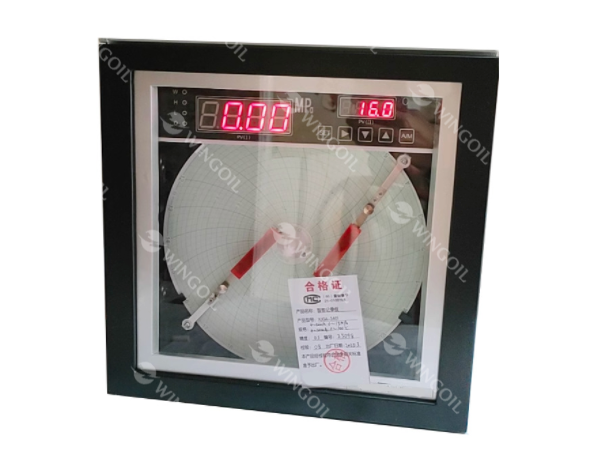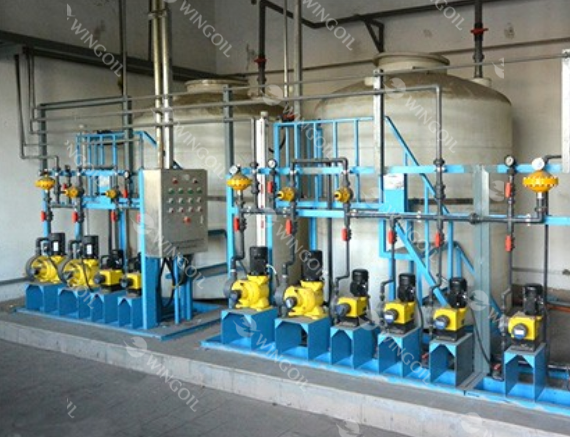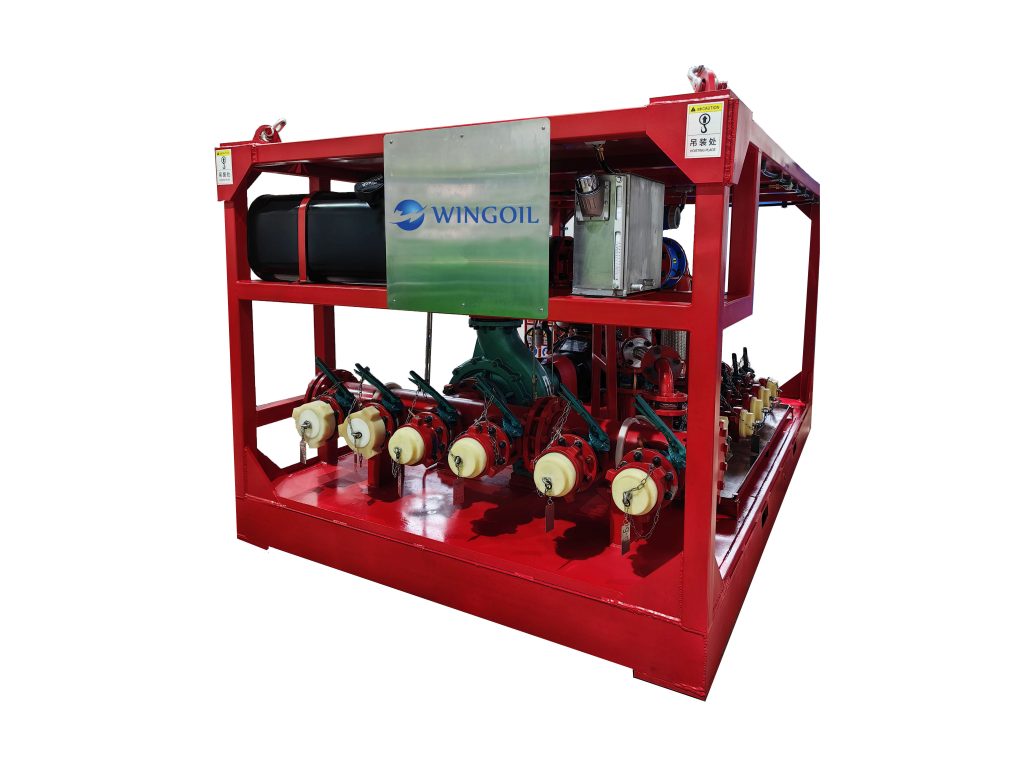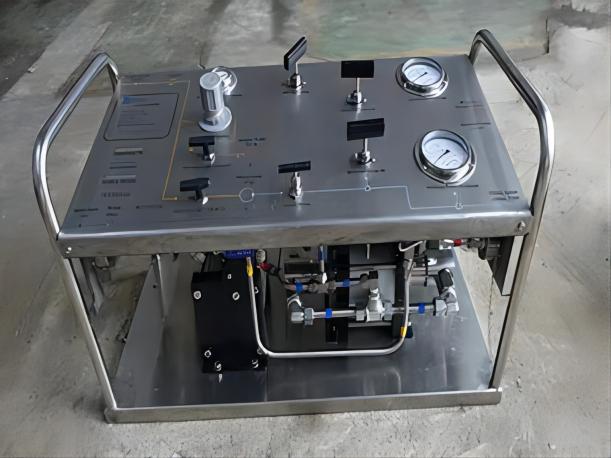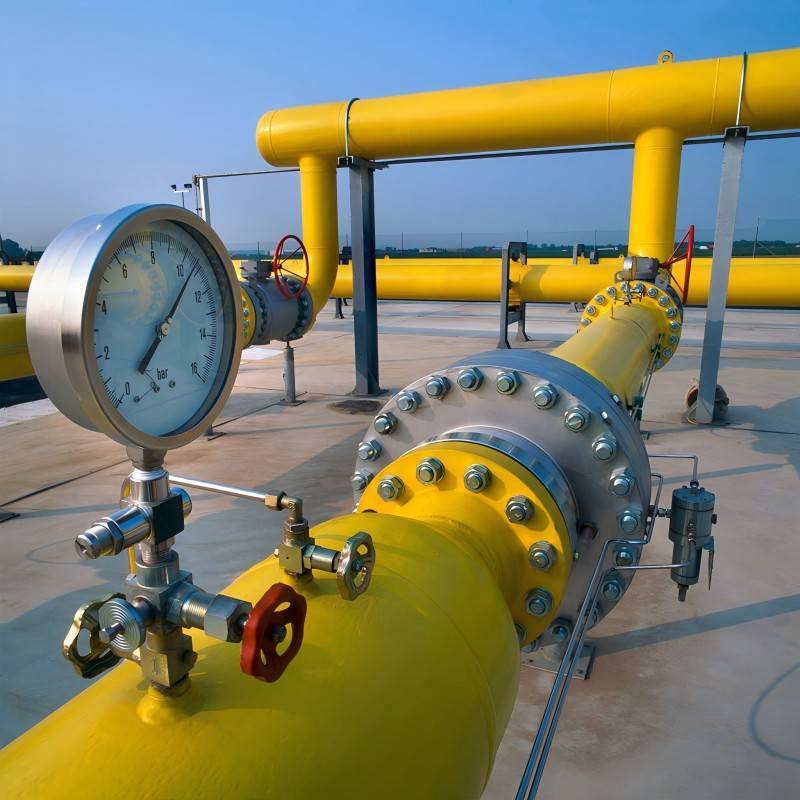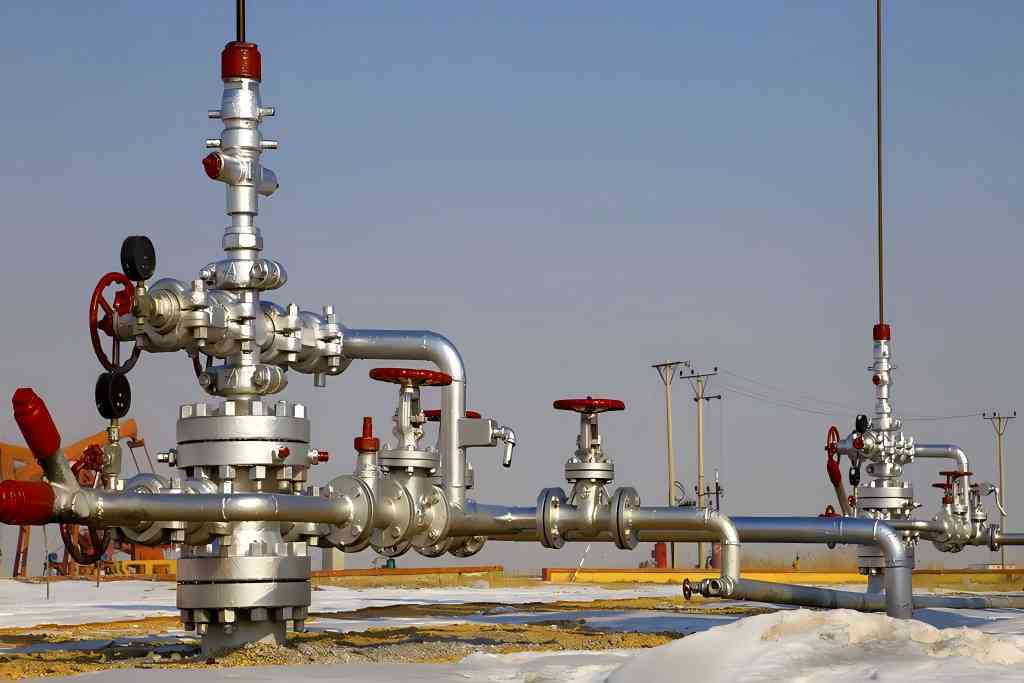Pumping Unit Introduction
Overview of Pumping Unit Introduction
The pumping unit is a kind of machine for extracting oil. It is commonly known as the “head machine, ” which removes the oil from the well-using pressure. When the pumping unit is stroked, the oil pipe elastically contracts upwards, causing the mechanical unblocking oil recovery device to move upwards, and the impact sliding sleeve generates vibration; at the same time, the positive single-flow valve is closed, and the variable-diameter piston assembly is sealed with oil under the pumping unit. During the stroke, the elastic elongation of the oil pipe moves downwards, which drives the mechanical unblocking oil mover to move downwards, and the impact sliding sleeve generates vibration. At the same time, the reverse single-flow valve is partially closed, and the variable-diameter piston assembly still blocks the oil ring annular oil passage. The lower part of the reverse single flow valve forms a high-pressure zone, which in turn impacts the oil flow passage in the formation.
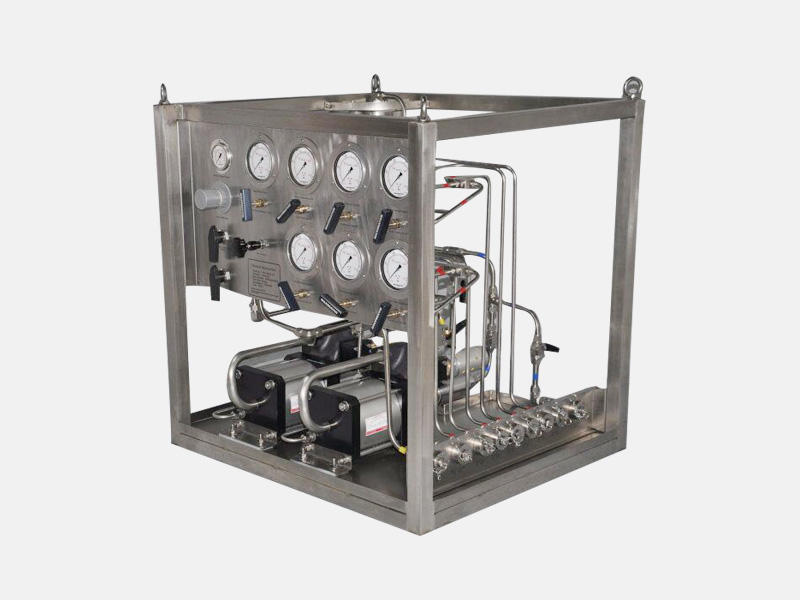
Working principle of Pumping Unit Introduction
The standard pumping unit, the beam pumping unit, is a traditional oil pumping device widely used in oil fields and is usually directly driven by a standard AC asynchronous motor. The crank belt drives the sucker rod with the counterweight balance block, drives the downhole pump to make a fixed cycle of up and down reciprocating motion, and sends the oil downhole to the ground. The motor is operated in the electric/power generation state in one stroke as the sucker rod rises/falls. During the ascending process, the engine absorbs energy from the grid and operates electrically; the load characteristic of the motor in the descending process is the potential load, and the downhole negative pressure causes the engine to be in the power generation state, converting the mechanical energy into electrical energy and feeding back to the grid.
However, the situation of underground oil layers is particularly complicated. There are rich oil wells, lean oil wells, rare oil wells, and heavy oil wells. Constant speed application problems are apparent. If you let go of the pumping oil pump itself, the loss of the gap between the piston and the bushing after wear is challenging to solve, and the changing form factors, such as sand, wax, water, and gas, in the oil. Complex conditions also significantly impact the amount of oil pumped per stroke. It seems that only the speed control drive can achieve the best control.
After introducing the speed control transmission, the stroke frequency of the pumping unit can be adjusted according to the downhole condition, and the speeds of the upper and lower strokes can be changed, respectively. The pump’s whole load coefficient can be increased while reducing the leakage of the pump to obtain the maximum oil output. In particular, frequency conversion speed regulation has no start-up impact. It can solve the problems of low power factor caused by conservative selection and long lines, etc., and achieve energy saving and efficiency while improving the lives of the whole machine—especially the life of the oil pump, by reducing mechanical failure and enhancing reliability.

